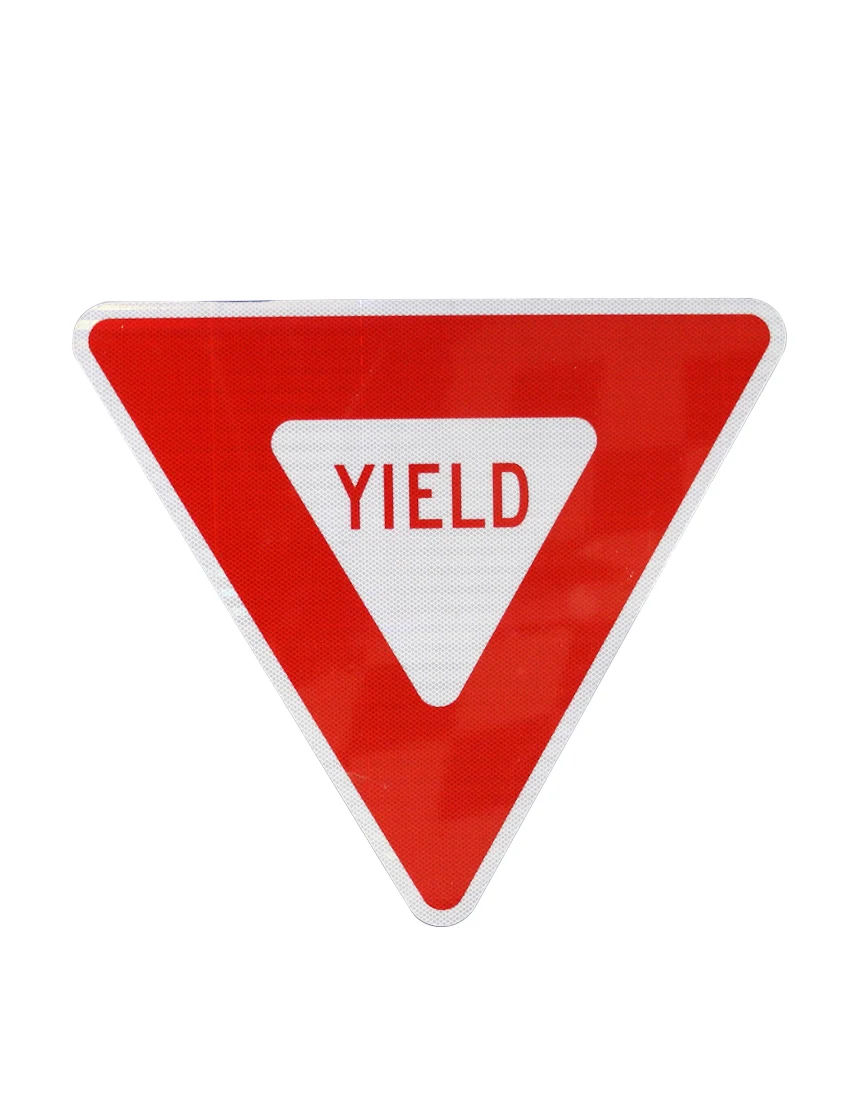What Is the Max Speed Limit in Every State?
Introduction to U.S. Speed Limits
Speed limits in the United States vary widely by state, influenced by geography, population density, and road design. Established by state governments with assistance from transportation departments, these limits balance safety and traffic efficiency. Previously, the federal government set a nationwide limit of 55 mph in 1974 to conserve fuel during the oil crisis; this was repealed in 1995, giving states full authority.Current Speed Limits Overview
Today, maximum speed limits range significantly, from 55 mph in Hawaii to 85 mph on select Texas highways. Rural interstates typically feature higher limits, while urban areas and locations with distinct safety concerns usually have lower caps. States like Montana and Nevada have limits up to 80 mph, contrasting with densely populated or safety-focused states like Hawaii.Factors Influencing Speed Limits
State-specific limits consider geographic conditions, population density, engineering studies, accident statistics, and public feedback. Enforcement varies, affecting driver compliance and roadway safety. To aid traffic safety, tools such as traffic cones and speed bumps provided by the Traffic Safety Store are frequently utilized. Note: local roads, school zones, and construction areas may have lower posted limits. Some states adjust speeds for trucks or nighttime driving—check with local agencies for specifics.Maximum Speed Limits by State
Below is a comprehensive table detailing the maximum speed limit in each U.S. state as of March 17, 2025, focusing primarily on rural and interstate highways where the highest speed limits are typically found. Each entry includes a link to the state’s Department of Motor Vehicles (DMV) or equivalent agency for the most authoritative and up-to-date information.Key Insights
- Highest Speed Limit: Texas leads with 85 mph on State Highway 130, a toll road designed for high-speed travel.
- Lowest Speed Limit: Hawaii caps at 60 mph, reflecting its island geography and dense traffic.
- Common Limits: Most states hover between 65 and 75 mph, with 70 mph being the most frequent maximum for rural interstates.
- Variations: Some states, like Idaho and Utah, allow 80 mph on certain highways, while others, like California, impose lower limits for trucks (55 mph) compared to cars (70 mph).
Disclaimer: This article is for general informational purposes only. Please understand and follow local laws and specific state regulations. Speed Limit information reflects infomation available as of March 17, 2025. Speed Limits vary by road type, vehicle type and or local conditions and laws are subject to change.
Learn more about traffic cones, traffic signs, barriers, high-visibility gear and other traffic safety solutions at TrafficSafetyStore.com. You can also explore our wide range of Road Flares and Roadside Emergency Kits, and Warning Triangles to find the right fit for your specific needs.

Speed Limit 55 Signs (R2-1)
Speed Limit 55 Signs (R2-1)
Quick Facts:
- High Intensity Prismatic Reflective sheeting
- .080" Aluminum for long life (will not rust or crack)
- 24" x 30"
- Pre-punched 3/8” mounting holes
- Meets MUTCD specifications


Yield Signs
Yield Signs
Quick Facts:
- High Intensity Prismatic Reflective sheeting
- Choose between Aluminum Composite Material (ACM) or 0.080" Gauge Aluminum
- 30" ACM Signs are 3 Mil, 36" Signs are 4 Mil ACM
- All signs have pre-punched 3/8” mounting holes
- Meets MUTCD specifications


Stop Signs
Stop Signs
Quick Facts:
- High Intensity Prismatic Reflective sheeting
- Choose between Aluminum Composite Material (ACM) or 0.080" Gauge Aluminum
- 18", 24" & 30" ACM Signs are 3 Mil thick, 36" ACM Signs are 4 Mil
- All signs have pre-punched 3/8” mounting holes
- Meets MUTCD specifications


